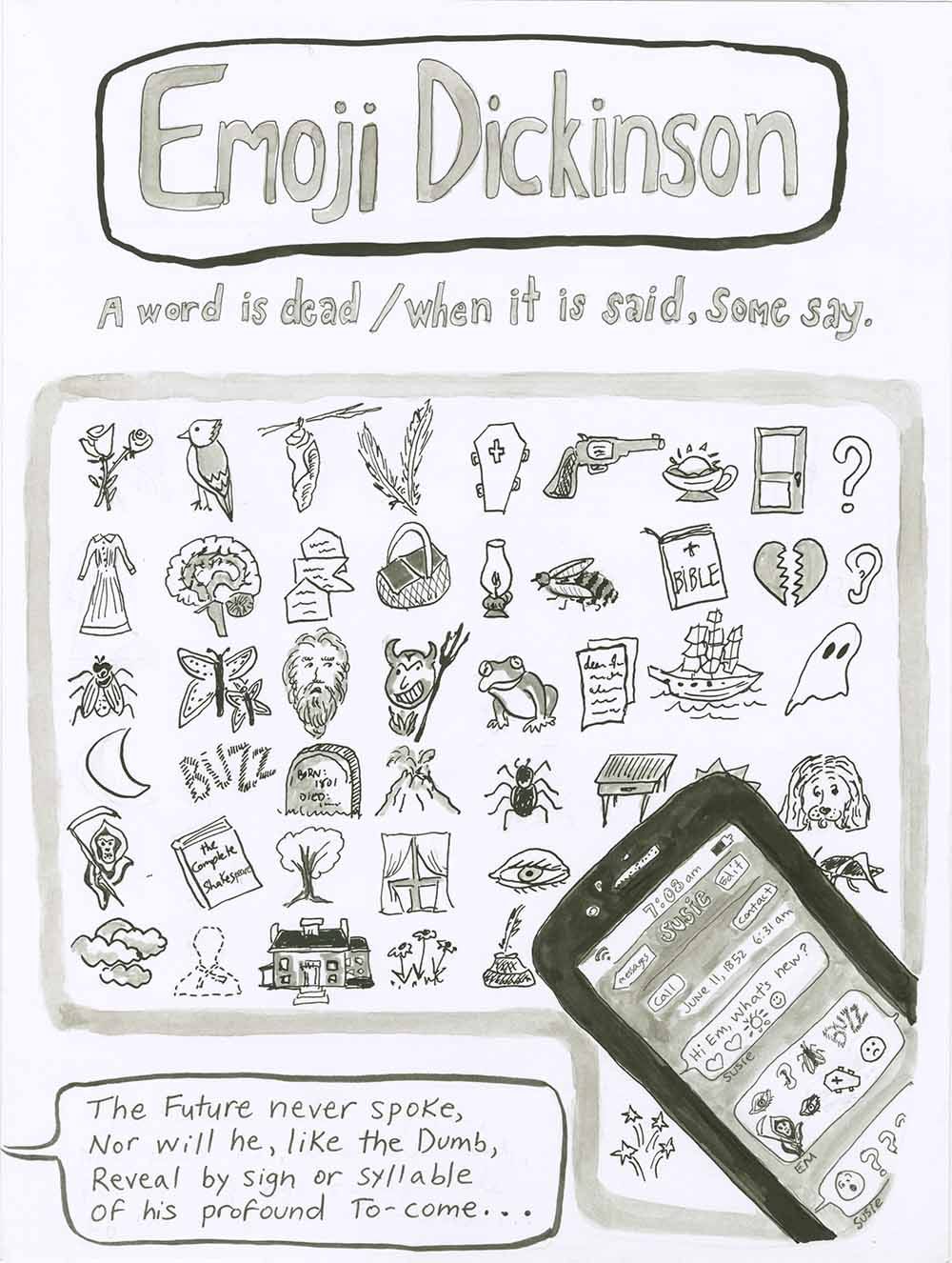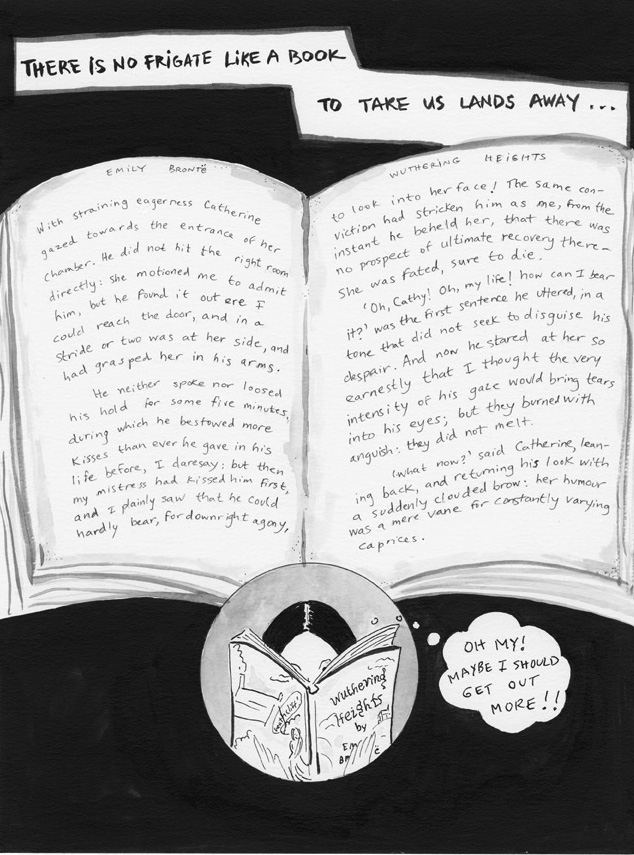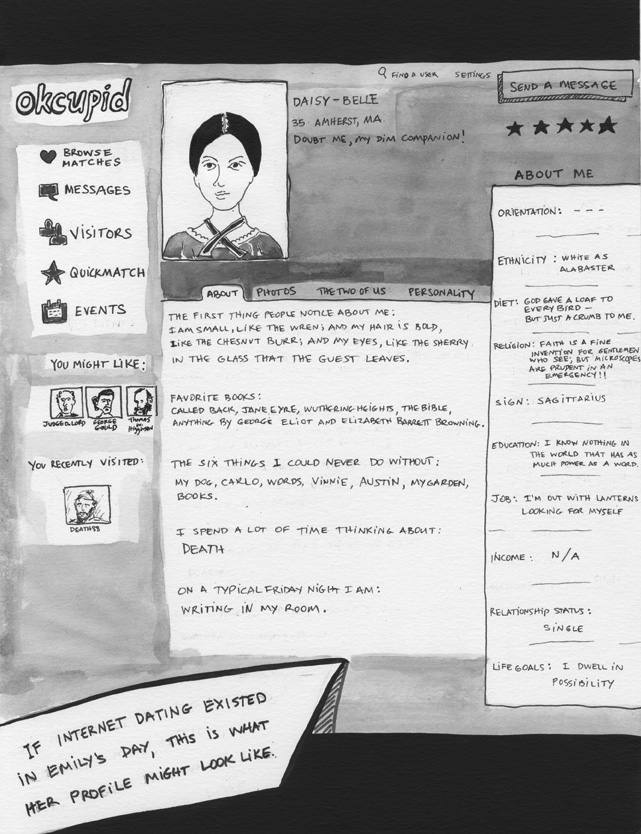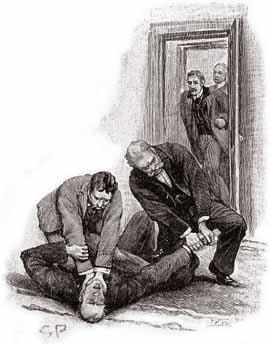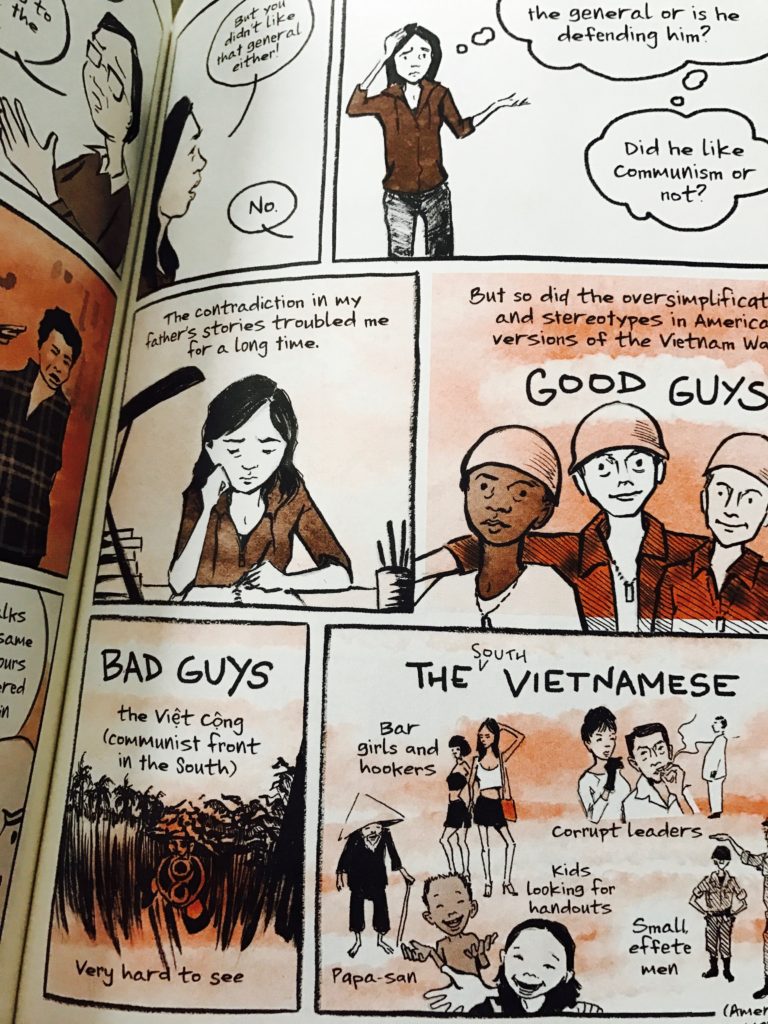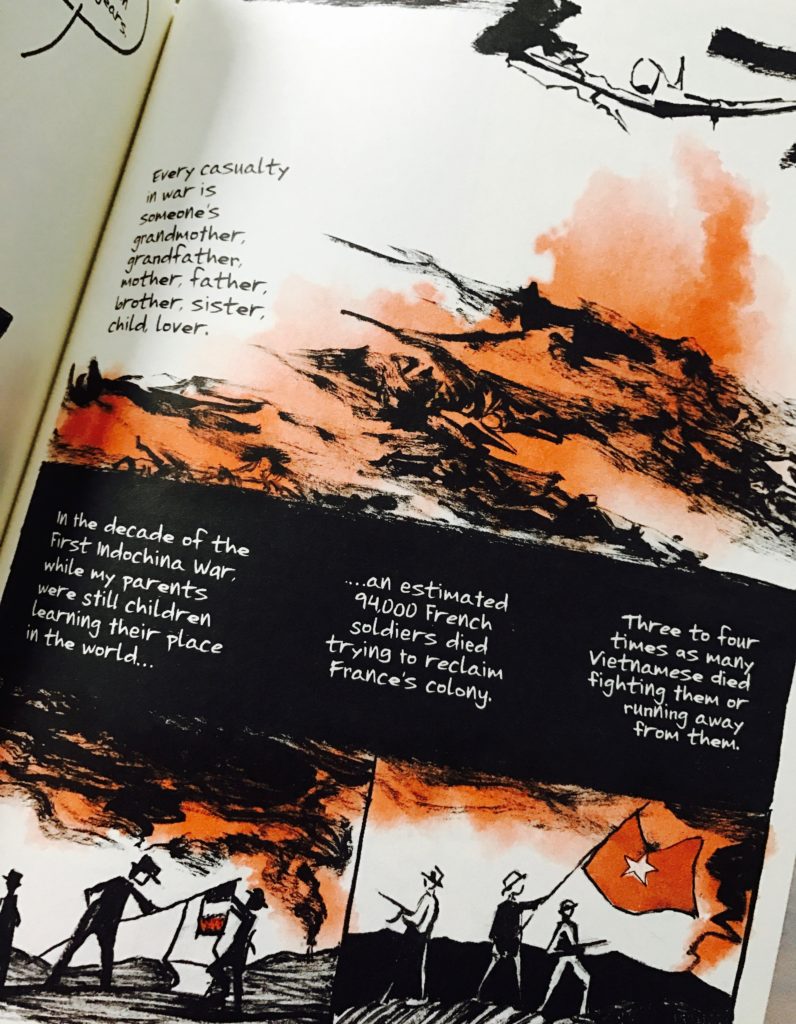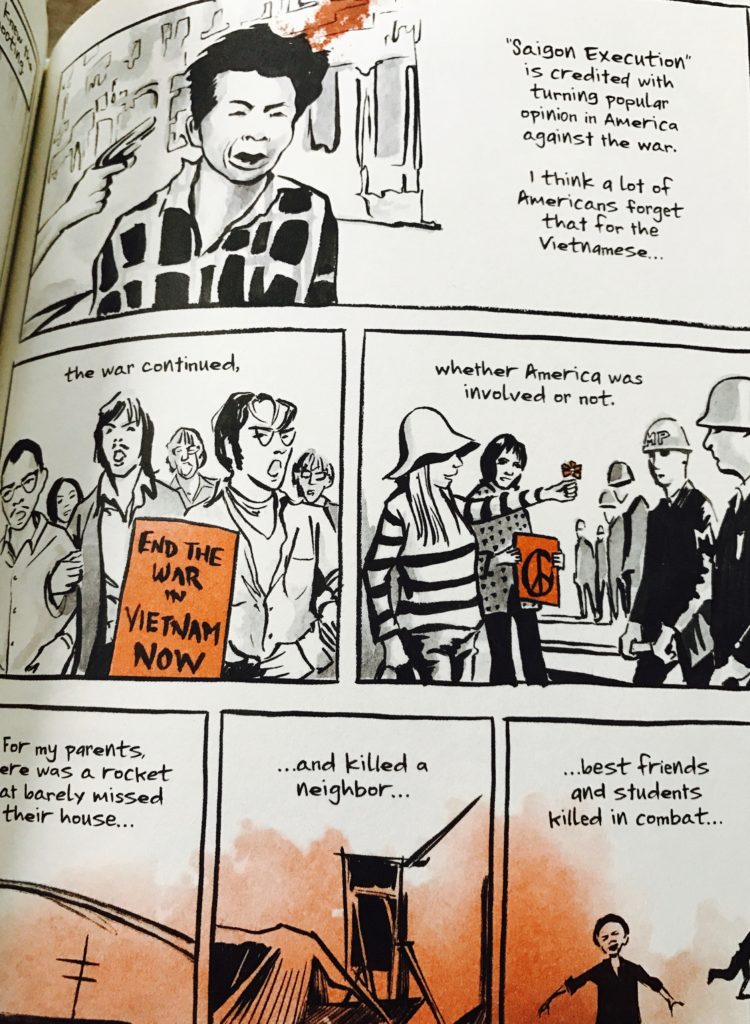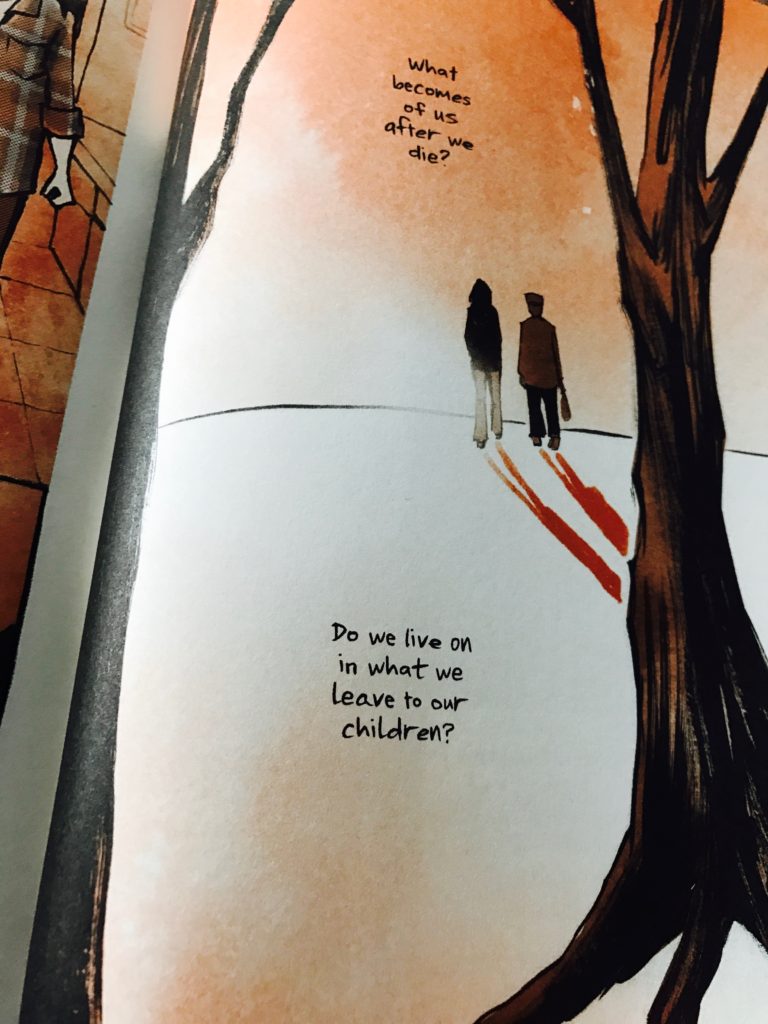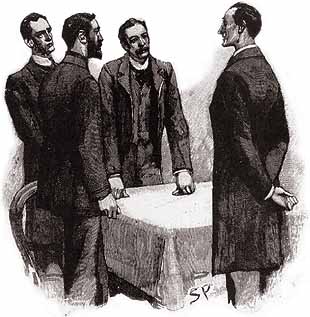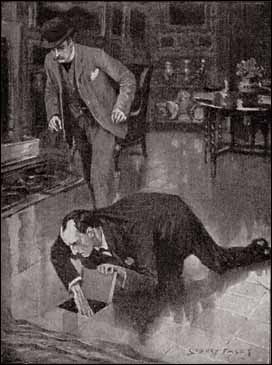
This week’s story for the Chronological Sherlock Holmes Challenge is “The Adventure of the Second Stain.” In this story, two high-ranking government officials, Prime Minister Lord Bellinger and Secretary of European Affairs Trelawney Hope, seek Holmes’s help in locating a letter the latter has noticed missing. The contents of the letter are so incendiary that the two men fear Britain will soon be at war in Europe unless the letter can be recovered before the contents are made known to the public. Watson is cagey on the details because he feels the matter remains delicate even at the time of publication. The situation is described Lord Bellenger:
The whole of Europe is an armed camp. There is a double league which makes a fair balance of military power. Great Britain holds the scales. If Britain were driven into war with one confederacy, it would assure the supremacy of the other confederacy, whether they joined the war or not.
After the two men leave, Holmes rattles off a short list of suspects who might be interested in the sort of intrigue captured in the letter and is shocked to learn that one of them, Eduardo Lucas, had been murdered the previous night. Meanwhile, Trelawney Hope’s wife Lady Hilda shows up at 221B Baker Street seeking information about the contents of the letter, which Holmes refuses to share. Lestrade calls Holmes in on an interesting development in the murder of Eduardo Lucas. Lestrade ordered the police officer on duty to monitor the crime scene and leave it undisturbed. However, Lestrade has noticed that the bloodstain from Lucas’s murder has gone right through the carpet, but has not spread to the floor underneath. Instead, there is a second stain in another part of the floor covered by the carpet. Someone has obviously disturbed the crime scene.
I found this story to be one of the more enjoyable ones I have read so far. I read that Arthur Conan Doyle himself ranked it among his favorites. It has a little bit of everything—international intrigue, a damsel in distress (yuck, how tired, but a trope of Victorian fiction), bumbling police officers, and politicians put in their place. I loved it when Holmes refused to help Bellinger and Hope until they confided in him. Many accounts say that the figure at the center of the letter was none other than Kaiser Wilhelm, who did indeed start war in Europe some time after the events of the story. As far as I could remember, no references to this story appeared in the BBC’s Sherlock series, with the possible exception of a general attitude Cumberbatch’s Holmes has toward both government officials and the police. He doesn’t mind helping either group, but he doesn’t feel beholden to share his methods or thinking with either group. The woman with something to hide is a well Conan Doyle goes back to time and again as well. Given that it was published about ten years before World War I, it’s also surprisingly prescient (or perhaps Conan Doyle was in the know?) and accurate regarding the climate of Europe.
Rating:




 I read this story as part of the Chronological Sherlock Holmes Challenge. It is the tenth story in the chronology (time setting rather than composition). Next up is “The Naval Treaty.”
I read this story as part of the Chronological Sherlock Holmes Challenge. It is the tenth story in the chronology (time setting rather than composition). Next up is “The Naval Treaty.”

